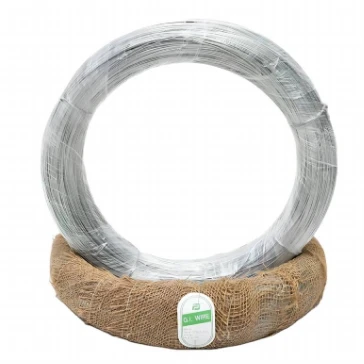welded wire fabric sizes
Understanding Welded Wire Fabric Sizes A Comprehensive Guide
Welded wire fabric, also known as welded wire mesh, is a versatile construction material widely used in various applications, including concrete reinforcement, fencing, and industrial projects. One of the critical aspects to consider when using welded wire fabric is its size, which can significantly affect its performance and application suitability. This article will explore the different sizes of welded wire fabric, their specifications, and practical considerations when selecting the right type for your project.
What is Welded Wire Fabric?
Welded wire fabric is comprised of a grid of steel wires that are welded at their intersections. The fabrication process ensures a strong, durable mesh that can withstand various forces and stresses. It is available in a variety of gauges (wire thickness) and mesh sizes, making it adaptable to different construction needs. This material is particularly valued for its strength and uniformity, providing a reliable foundation for reinforcing concrete structures.
Common Sizes of Welded Wire Fabric
Welded wire fabric comes in a range of sizes, mainly categorized by the diameter of the wire and the spacing of the mesh. Here are the most common specifications
1. Wire Diameter The diameter of the wires typically ranges from 0.045 inches to 0.250 inches. Thicker wires (lower gauge numbers) generally offer higher strength and are suited to heavy-duty applications, while thinner wires (higher gauge numbers) may be adequate for lighter applications.
2. Mesh Opening Sizes The spacing between the wires in both directions can vary, with typical mesh sizes being 2” x 2”, 4” x 4”, and 6” x 6”. Smaller openings provide increased support and load distribution, while larger openings can reduce material costs and weight.
3. Sheet Sizes Welded wire fabric is generally produced in large sheets that can be cut to desired dimensions. Standard sizes for sheets can include 4’ x 8’, 5’ x 10’, and larger custom sizes depending on manufacturers. The choice of sheet size might depend on the specific requirements of the project as well as transportation and handling considerations.
4. Reinforcement Patterns The specific arrangement of wires can vary based on the application. Some meshes are designed for high-tensile strength, while others may provide flexibility and ease of installation.
welded wire fabric sizes

Factors to Consider When Selecting Welded Wire Fabric Sizes
When choosing the appropriate welded wire fabric size for your project, several factors must be taken into consideration
- Project Requirements Understand the load-bearing requirements and structural specifications of your project. Ensure that the wire diameter and mesh size align with these needs.
- Environmental Conditions Exposure to moisture, chemicals, and temperature variations may affect the material’s integrity. For outdoor use or areas exposed to harsh conditions, consider using galvanized or coated wire fabric to prevent rust and corrosion.
- Installation Process Take into account installation convenience. Larger sheets may require special handling or equipment, particularly in tight spaces or for overhead installations.
- Cost Implications While larger and thicker mesh may offer better performance, they can also increase material cost. Consider balancing performance needs with budget constraints.
- Local Codes and Regulations Be aware of local building codes that may dictate specific requirements for welded wire mesh use in construction, especially in areas prone to seismic activity or heavy loads.
Conclusion
Welded wire fabric is a crucial component in modern construction, providing structural support and durability. By understanding its various sizes and specifications, you can make informed decisions to enhance the strength and longevity of your projects. Whether you are reinforcing concrete slabs, constructing fences, or engaging in large-scale industrial applications, the right welded wire fabric size will contribute significantly to the success of your undertaking. Always consult with suppliers and engineers to ensure the selected fabric meets the standards required for your specific application.
-
Space-Saving Chain Fence Hacks Vertical Gardening with Cyclone MeshNewsJul.16,2025
-
Innovations in Iron Nail Wire Production for Modern ConstructionNewsJul.16,2025
-
Creative Uses of Wire Netting Fence in Modern Landscape DesignNewsJul.16,2025
-
Barbed Wire Fence Innovations in Anti-Climb TechnologyNewsJul.16,2025
-
Architectural Uses of Umbrella Nails for Aesthetic Roof DesignsNewsJul.16,2025
-
Architectural Uses of Razor Barbed Wire in Secure Urban DesignNewsJul.16,2025




